Tag: 'javascript'

As you likely know if you've read my blog before, I have spent the last decade or so creating courses to be viewed on Pluralsight. I love making these kinds of video-based courses, but I've decided to get back to instructor led training a bit.

I've worked with Progressive Web Application plug-ins with several SPA frameworks. Most of them are pretty simple to implement. But when I learned about Vite's plug-in, I was intrigued since that would work across different SPA frameworks.

I've been writing JavaScript (and TypeScript) for a lot of years. But digging into the course made me understand how some of this modularity actually worked. Let's talk about some things that surprised me.

I've been working on a new Microservice example and I'm writing the client in Vue.js. Due to the nature of the project, I needed to use Nested Routing. I thought this might be a good topic for a Coding Short.

After working with lots of these little JavaScript libraries, sometimes I pine for something simple to create interactivity on websites. In this Coding Short, I investigate Alpine.js to see how it works and where it might be useful:

After discussing this topic with a client, I realized that my old method of hosting SPAs in ASP.NET Core didn't handle resources correctly, so I dug in and came up with **yet another** technique. This one is the simpliest and the least intrusive and works better than most. Let me know what you think about it:

I'm happy to see that instead, they've adopted Pinia as an alternative. I am not in love with Pinia (as I use reactive objects more often) but for complex scenarios it reminds me of something closer to the Composition API.

I went on the WebRush podcast (with John Papa and Dan Whalin (et al.)) and had a discussion about reactive() and ref() in the Composition API that resulted in this video.

When I first started using Vue, I liked the ability to just drop the vue library on a page, and create some simple interactivity. While this still works, most people use Vue for larger, compiled projects.
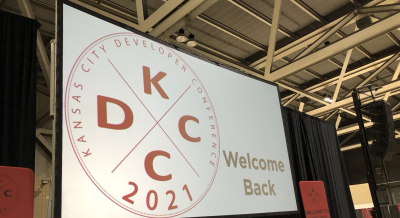
I finally got to speak at a live event! This week I headed to Kansas City for KCDC, one of my favorite regional events.

I'm finally finishing up my studio/office in the house. With that, I'm getting back to making my "Coding Shorts" videos. If you're enjoying them, please let me know.

Running a build for your Vue is a common task for many Vue developers. The team behind Vue has been working on a development server to simplify this. This project is called Vite.
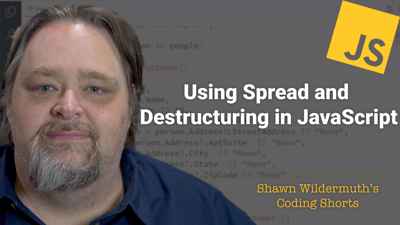
I've been working on websites for a long time now. That means that I've been writing client-side JavaScript since the early days. As the ECMAScript standards have come out, I've found it difficult to keep up with every new feature that might help me write better JavaScript.

If you've not noticed, I've been doing more video these days. I'm doing a weekly show called "Coding Shorts" where I cover topics that aren't course lengthed. The newest entry in this series is a demo of why I like Vue's Composition API. I convert an Options API to a Composition API and show you why I'm moving most of my Vue work to it.

I was talking with one of my clients and they wondered how they could build individual components in Angular dynamically (or based on data/metadata). I knew this was possible but I hadn't done this myself so I thought I'd try to dig into it.

If you've seen my projects or courses over the last few years, I had been advocating for using NPM for client-side libraries and SPAs at the same time. This caused the need to merge generated packages.json files. This added to the complexity. In addition, to handle the client-side libraries with NPM, you needed a way to both read the node_modules folder during development. This was handled with some middle-ware created by the late, great @OdeToCode (K. Scott Allen).

Running a build for your Vue is a common task for many Vue developers. The team behind Vue has been working on a development server to simplify this. This project is called Vite.

I've talked about how the term SPA annoys me. I think that client-side frameworks are great for expanding websites, not replacing them. With that in mind, I like the idea of a handful of client-side apps enhancing websites, but not every framework makes that easy.
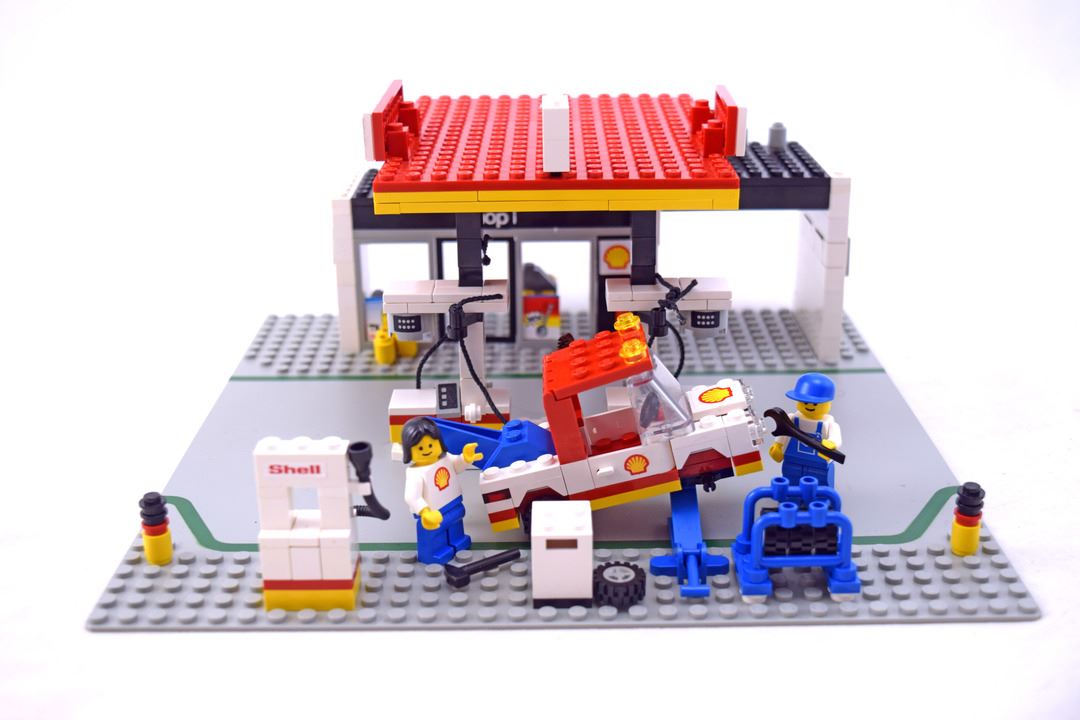
In my spare time, I've been working on a micro-services example to try and make a minimum viable micro-service using ASP.NET Core. To make things that much harder, I've also decided to use Vue 3 for the front end. In for a penny, in for a pound.
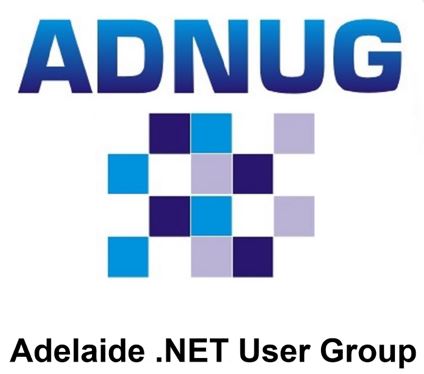
Yet another of my talks that resulted from being bored at home and on Twitter. I had a great time talking to this great group.

As Vue 3 continues it's relentless Beta drive (with almost daily Beta builds), all of us Vue developers have to get ready for changes. The one I want to mention today is the changes in mounting a new Vue object.

With Vue 3 now in beta, some people are starting to look into it deeper (including me). While a lot of the features are meant to improve the performance and speed, the Vue team did decided to take out a feature lots of people use: filters.

I may be very late to the party, but once Gulp 3.x stopped working with recent versions of Node, I've been forced to update my projects to the newest version of Gulp.

I've been updating the Atlanta Code Camp website to improve our administration workflow. With the Call for Speakers coming up soon, I wanted to make sure we had a good way of picking only the best talks.
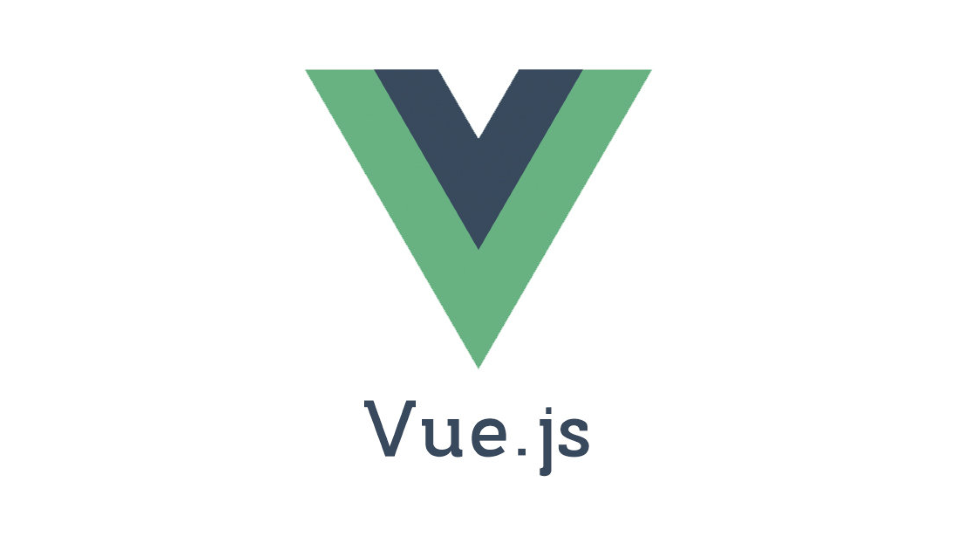
There is a lot of buzz around the internet about Vue.js 3.0's announcement about a new composition model. There are a lot of questions about it and I think much of it is 'they moved my cheese' more than 'they're breaking everything'.

One of the first times I started working with Vue, I was concerned about it's long-term success. I was coming from Angular and their ecosystem is huge.

I've been writing demos for Vue, Angular, and React for my SignalR micro-courses over on my Wilder Minds site. For Angular and React, I started out with the the SPA templates, but I found them confusing and hard to do a minimal example.
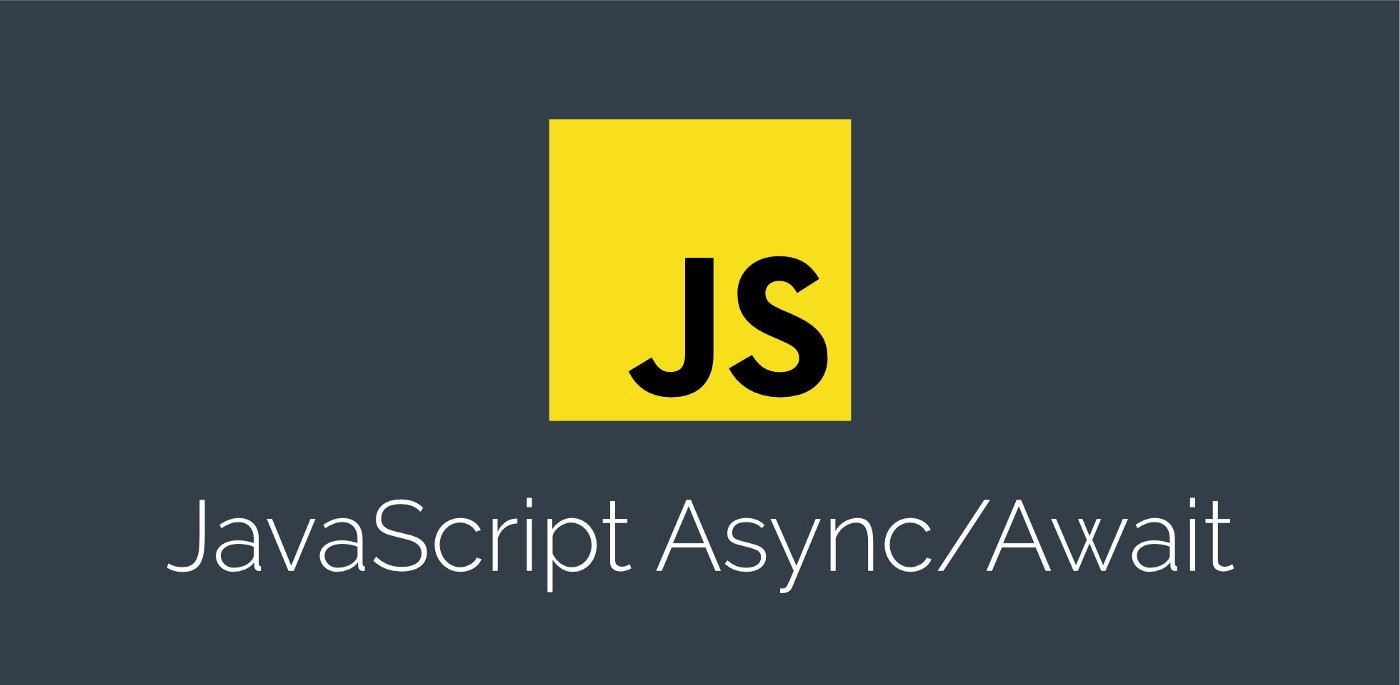
If you're using Vuex for state management in your Vue.js applications, there is a good chance that you need to use async operations (e.g. API calls). I have been doing this a while, but falling back to using Promises in most cases.
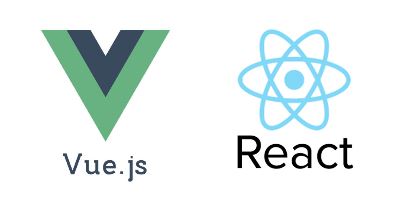
I have to admit, my first experiences with React several years ago were meet with a lot of cynicism. The idea of mixing JavaScript and Markup made me clutch my pearls to the core.

If you're building larger scale Vue objects and you're not using Vuex to centralize your state, please stop and go learn Vuex. Really. For those of you still here, sometimes it's helpful to be able to monitor state changes to perform other tasks. For example, to send messages or communicate with servers that aren't about state (e.g. SignalR is a good example). That's where Vuex plugins come in. A Vuex plugin is a simple function that is called once during the setup of a Vuex store. Typically you'd just create the function/arrow function taking an instance of the store:

I'm back writing again. I've missed it. You'll see more and more articles in different publications from me in the near future.

I had a great time presenting to the Atlanta .NET Users' Group last night. I talked about where I think Vue.js.

The Vue team has been working hard. Much like Angular, the Vue team has a command-line interface (CLI) to help develop projects with Vue.

If you're not in the south part of the Netherlands, you might have missed my most recent appearance last night. Great hosts, guests and sponsors make the night and easy and fun talk.

Not John BoltonThe notorious quip by Mark Twain came to mind today as I was reviewing comments to my recent blog post about Blazor, a lot of the comments talked about WebAssembly being the death of JavaScript.
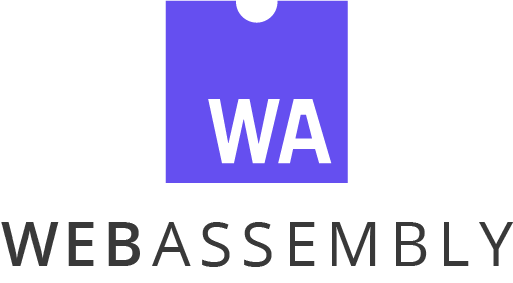
In case you haven't been following the news about WebAssembly (e.g. WASM), it's a new way to build something akin to bytecode for the browser. The latest versions of most browsers now support it including Chrome, Firefox and Edge.

As many of you know, I'm a Pluralsight author and I've been writing courses for the site for a long time now. I have over twenty courses to my name. While my ASP.NET Core courses get a lot of attention, I've been trying to help people get started in general web development through my courses.

So KCDC is over for another year. This was my first year at the event and the organizers made me so welcome. Highly recommended!

I know I’m going to upset some people, but hang in and read the whole article…really. In updating my blog recently, one of the changes I wanted to make was to update my use of the JavaScript framework I used for the contact page.

When I started the Wilder World Tour, I built a simple map so my Mom could know where I was during the trip. I thought others might be interested too.

I’m currently in southeast Asia for my world tour. While in Singapore, I had the pleasure to chat with a great group of developers about AngularJS.

I might be. In many of the projects I help with we have to handle back-end and front-end coding for web projects. This means I need the best in breed in tools no matter where I’m writing code.

Last week my seventeenth course for Pluralsight! I love building content for Pluralsight and it allows me to teach technologies that I am utilizing in my own life. This new course is no different.

So AngularJS team finally is talking more publically about what they’re trying to do. At the ngEurope conference last week, they talked very opening about their new strategy for AngularJS 2.0 and it has a lot of people freaked out. Sounds a lot like some reaction to Silverlight in fact.

It’s that time again. I’ve recently released a new course on Pluralsight. This time I tackle Web Development for complete beginners.

JavaScript is having a great year. With the continuation of web development, Node.js, and even Apple adding JavaScript as a replacement for their AppleScript.

As some of you know, I’ve been delving into Node.js for a new Pluralsight course that is coming out soon. One of the interesting aspects to me is the idea of server-side view engines. As an ASP.NET (and ASP before that) guy, I’ve been using server-side view engines for a long time…not that we always called them that.
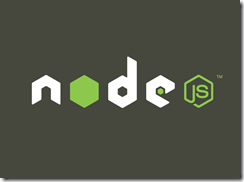
I’ve been working on a new course for Pluralsight on “Node.js for .NET Developers”. It’s been a fun course to write and one of the aspects of the course that I find interesting is that the open source Node.js Tools for Visual Studio plugin actually works really well.

While producing my recent course on Large Scale JavaScript, I was digging into the testability of JavaScript. So much of the JavaScript I see out there continues to be jQuery driven, DOM-centric JavaScript.

I know that many of my readers are .NET guys and a core constituency actively hate JavaScript so bear with me and let’s talk about NodeJS for a minute.

Are you starting to work with Bootstrap 3? If so, maybe I can help. I’ve recently released a Bootstrap 3 course on Pluralsight that covers many of the new features including how to migrate from Bootstrap 2 to 3.

As some of you know, I authored a Pluralsight course on JavaScript for C# Developers. We’ve released an excerpt from that course covering how JavaScript function scopes work.

is going through their release cycle now and that means that AngularJS 1.2 is going to be released soon with some specific changes that you'll need to address. I'll be updating my Pluralsight Course with the 1.2 changes as soon as the new version ships.

One of the tasks that I found cumbersome when writing JavaScript is simple collection manipulation. I have gotten spoiled in C# with LINQ. Sorting, filtering, shaping and more is easy with LINQ but what about in JavaScript? Underscore.js to the rescue.

Thanks to all who showed up to see me talk about AngularJS at the recent Atlanta .NET User's Group. At the talk, I wrote the client-side code for an AngularJS app by hand. The slides are pretty thin, but the code includes all the functionality I showed. I promised the slides and code so here they are!

Are you getting ready to build a new website? Are you interested in shortening your development by using Bootstrap, AngularJS, Azure and ASP.NET? If so, my new course might be just for you.
No I am not talking the promise that JavaScript will fix everything if you use it. I don't even believe that ;) I am talking about the concept of a promise object that several JavaScript libraries use (including AngularJS, jQuery, Dojo and WinJS).
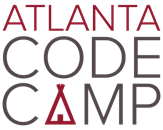
I recently helped the Atlanta Code Camp effort by building them a new website. You can see it here: Atlanta Code Camp. I am pretty proud of what I was able to accomplish in the scant number of hours I had to build it. It's not done as we need to improve it when we have the speakers chosen and set up the schedule, but so far I am pretty happy with it.

If you build PhoneGap apps and test with the browser, moving to phones sometimes causes a boatload of problems. Because there isn't a great debugging story, being able to see the console window would be of great help.

If you're interested in cross-platform mobile apps, I like the solution that PhoneGap has. It uses HTML5/CSS/JS as the UI stack and I find it compelling to build apps for iOS, Android, Kindle, Windows Phone and Windows 8 Store. I've just released a new course on PhoneGap that attempts to fill in some of the holes in building apps. The course includes:

I've created a new example of a PhoneGap app for my talk at the Atlanta Windows Apps meeting. The talk I did tonight didn't go all that well, but I got it working and the result is something you can download and see how to use a minimum of WinJS to build your Windows 8 apps.

One of the things that I’ve been spending a lot of time working with lately is the ability to be able to build cross-platform apps. While I spend a lot of time in the Microsoft space (especially Windows 8 and Windows Phone 8), I need to be able to create and deploy apps to iOS and Android platforms. I've decided to do a series on building one of these using Single Page Application for the web, then deploying it to devices via PhoneGap:

I had a great time at ReMIX South this year! It's been great to meet developers and designers and learn how they are using design tools of all sorts.

Like many of you, I've been itching to see what Anders had up his sleeve and I wasn't disappointed yesterday when they announced TypeScript. After teaching all day, I took a quick look at TypeScript (and I do mean quick).

I've been really busy lately and my list of things to blog on has been getting backed up. One thing that occurred to me while building my new JavaScript course was about how KnockoutJS and Observables actually work. Here's the deal.

If you are a C# developer who is ready to take on JavaScript, I have the course for you. The goal of the new course is to help C# developers understand the nature of JavaScript so you can write JavaScript like a native speaker. This is for developers who need JavaScript for any of the popular places to use JavaScript including:

I had a good time doing a couple of talks today. If you joined me online, thanks for coming. For those who missed my talks, they will be posting the videos on Channel 9. As promised you can get the slides and examples here for my talks:

After a long gestation, I finally completed my Web Debugging course for Pluralsight. This new course covers the details of using the tools in the browsers to debug layout, JavaScript, CSS and networking. While the course shows you how to find the tools in all the major browsers, the focus is using Firefox and Firebug. Though the techniques shown in Firebug apply pretty seamlessly to all the browser tools. This course is not .NET specific, but should be useful to any web developers.
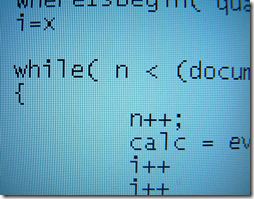
This is another in my series about (hopefully) interesting JavaScript constructs that might surprise most C# developers. You can see others here: JavaScript for the C# Guy.

This is the eighth of ten parts of this blog post. The topics will be:

I had the opportunity tonight to do a talk for the Atlanta XAML Meetup on Web Development for XAML Developers. I had fun explaining how XAML developers can use their existing skills with markup, design, data binding and data access on web page development. You can see the slides from the talk here:

I’ve been writing a lot of JavaScript lately. As a C# guy, I noticed that try and take my knowledge from my time in C# (and C++ and even a little Java) and try to apply it. They are curly braces after all…but alas it doesn’t always work. I’ll learn my lesson one day ;) (though I doubt it).

This is the sixth of ten parts of this blog post. The topics will be:

This is the fifth of ten parts of this blog post. The topics will be:

This is the fourth of ten parts of this blog post. The topics will be:

This is the second of ten parts. The topics will be:

This is the first of ten parts of this blog post. The topics will be:



